An Exhibition Exploring the Amazing Life of the Japanese Paper Lantern
In May 2019, the Museum of Decorative Arts and Design in Bordeaux dedicated an exhibition to the Japanese paper lantern.
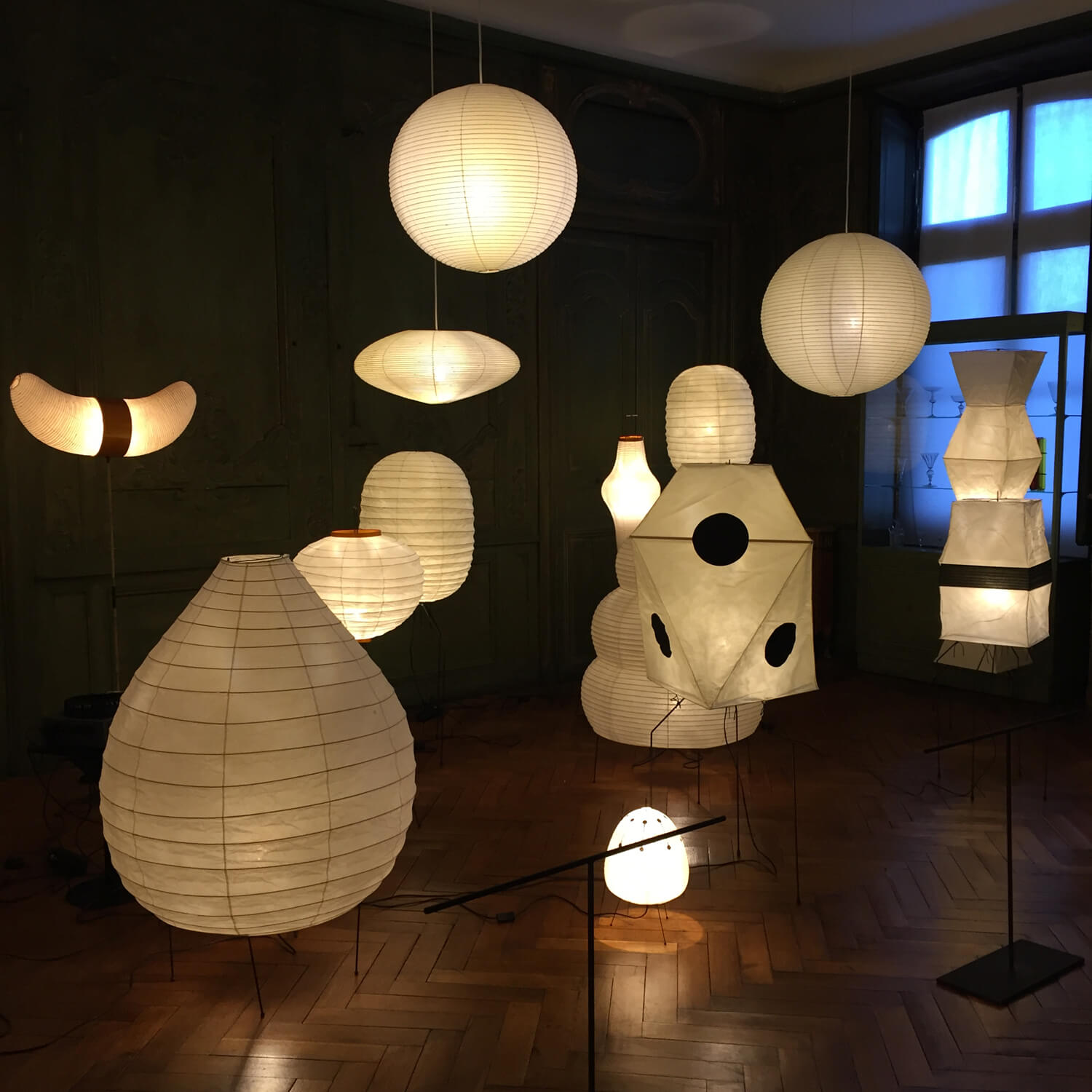
Akari lamps designed by Isamu Noguchi between 1952 and 1983. Made by Ozeki Co, Gifu. Distributed in France by Sentou / © madd-bordeaux
Known as chochin in its native language, the paper lantern mounted on a bamboo structure dates back to the 11th century in Japan and has travelled through the ages, but its aura and popularity have never waned. Sculptor and designer Isamu Noguchi decided to reinvent it in the 1950s through over one hundred models that have now gained cult status and experienced worldwide success.
Appropriated for the mass market
Over the second half of the 20th century, the ‘Akari’ lamps (which means ‘light’ in Japanese) were themselves appropriated by mass market brands. Through photo archives, sketches and models of lamps borrowed from around the world for the occasion, the museum looked back at the incredible life of this ordinary object and displayed the work of designers like Ymer & Malta who continue its legacy.
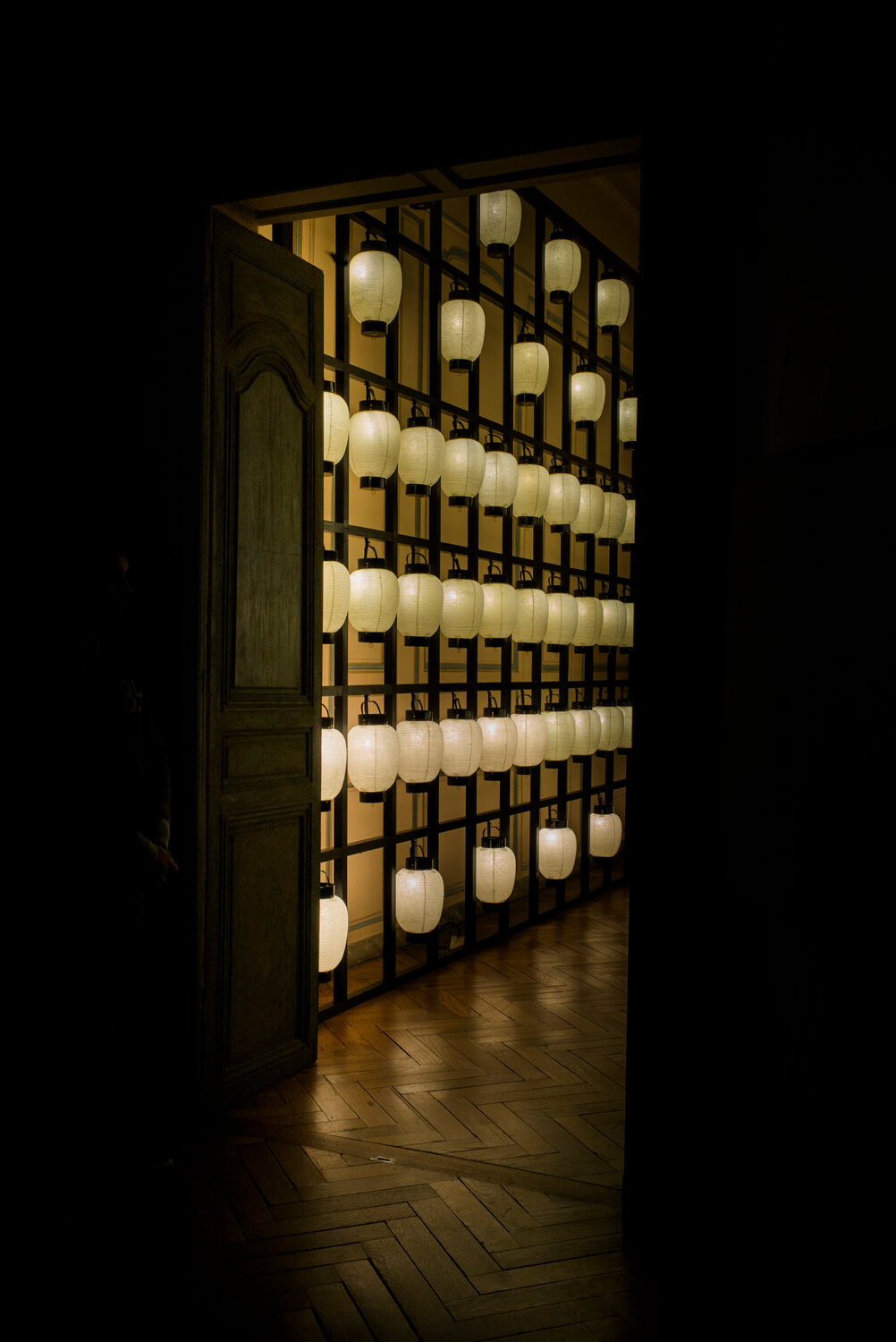
In the room dedicated to the workshop for children, one hundred chōchin from the Tanaka Shōten studio in Yame (Kyushu island, Fukuoka prefecture) / © Mathieu Peyroulet
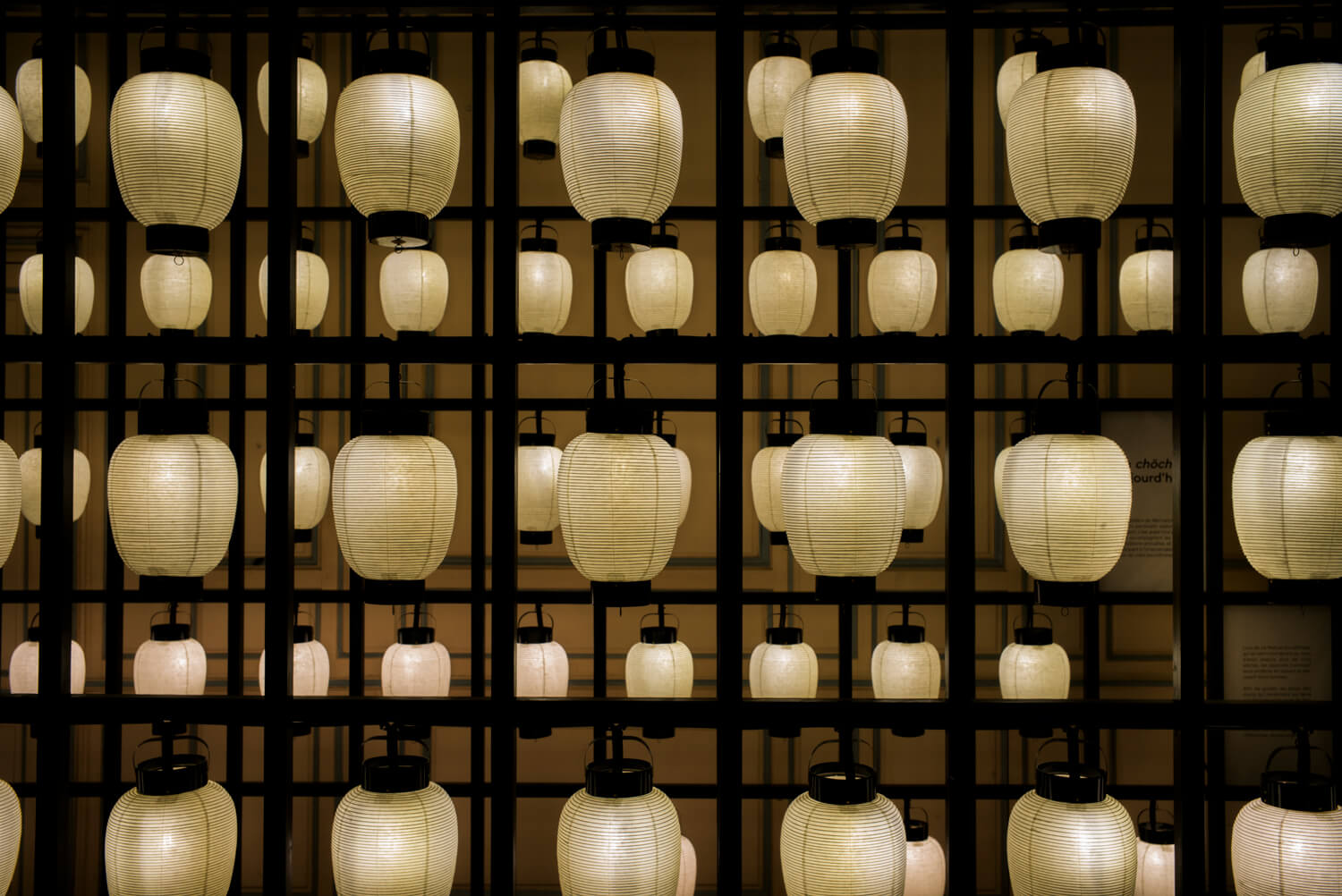
In the room dedicated to the workshop for children, one hundred chōchin from the Tanaka Shōten studio in Yame (Kyushu island, Fukuoka prefecture) / © Mathieu Peyroulet
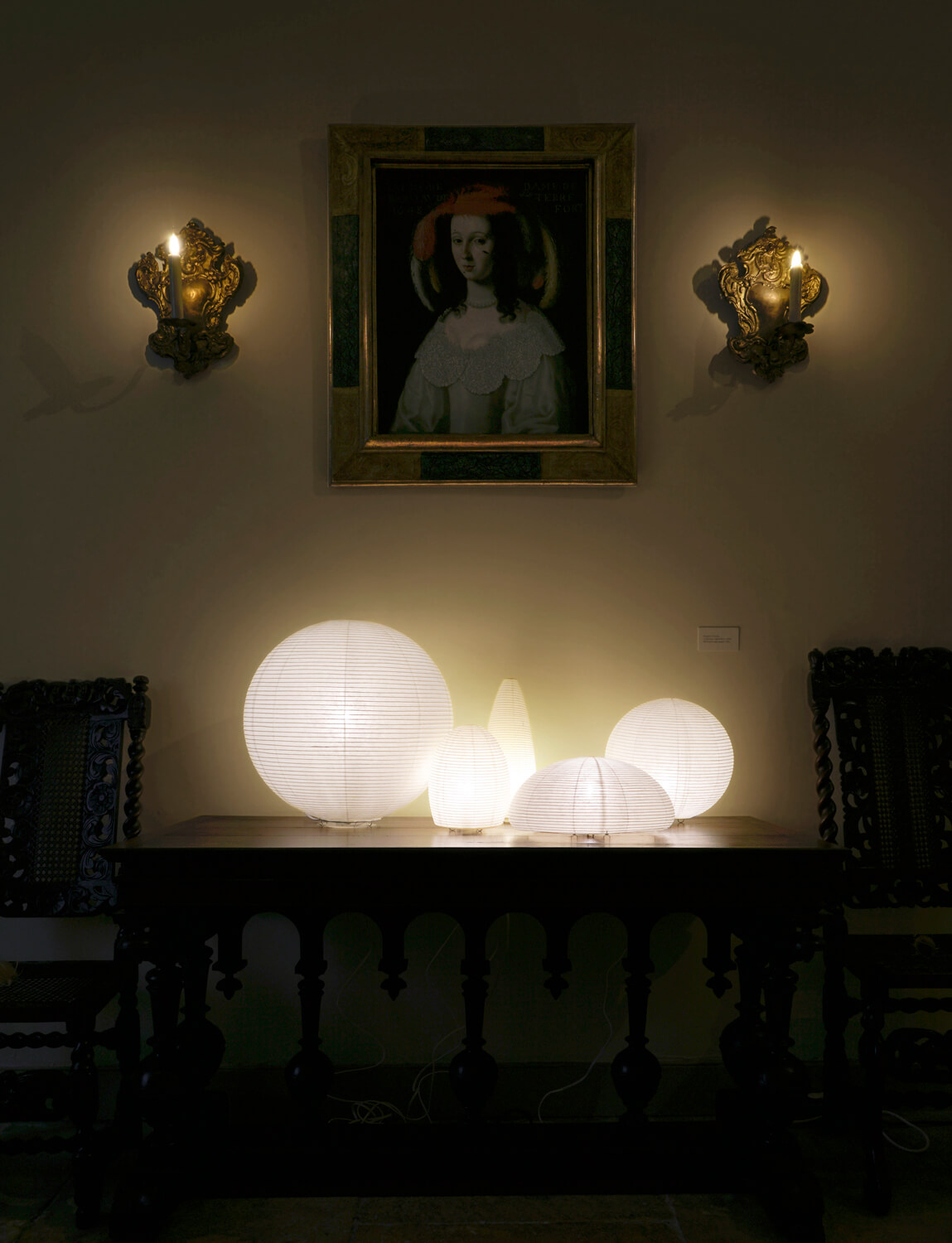
Shigeru Uchida, Papermoon collection, 1990 Made by Asano, Gifu / © madd-bordeaux - I. Gaspar Ibeas
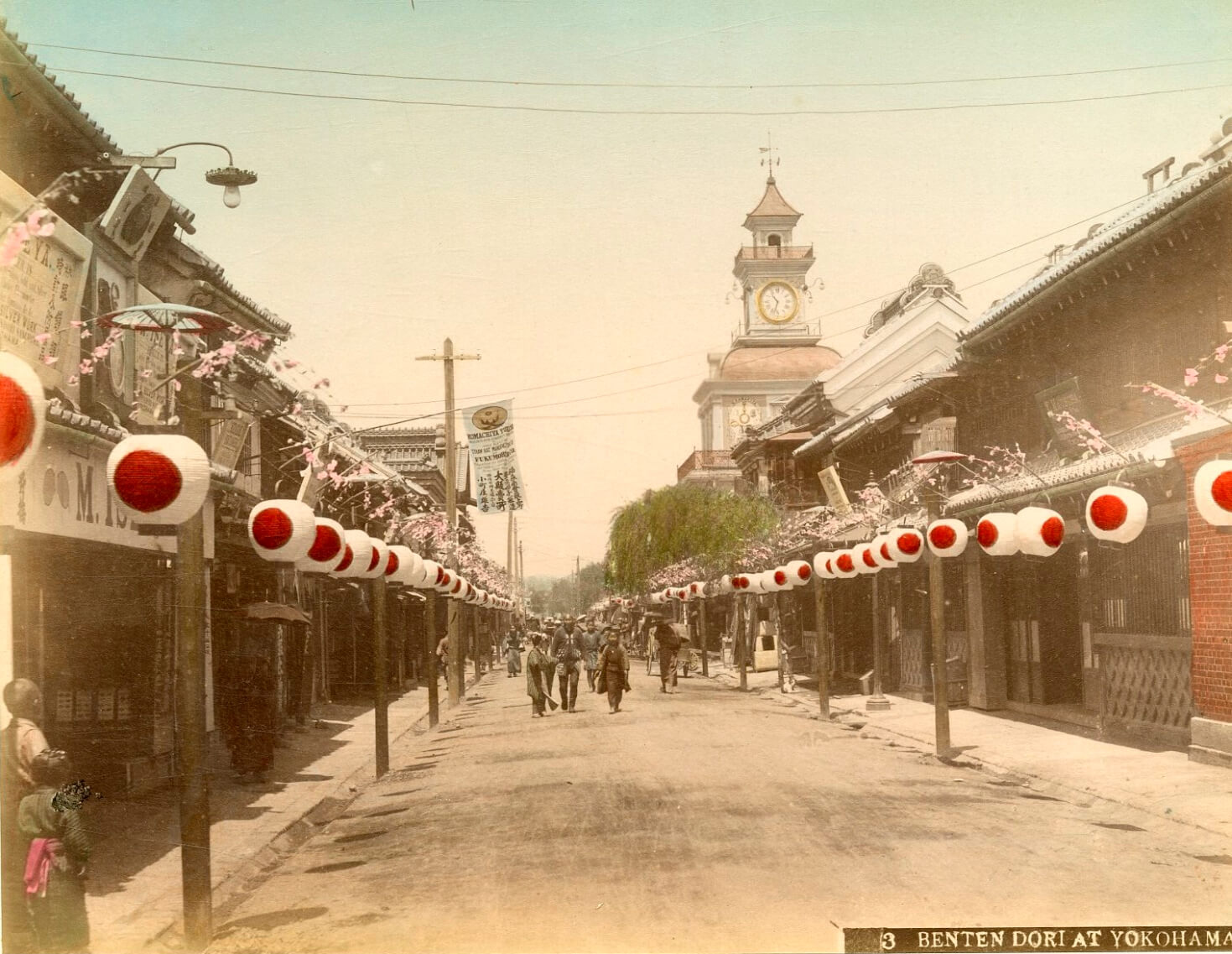
Avenue Benten-dori in Yokohama, around 1890. Photovintagefrance collection
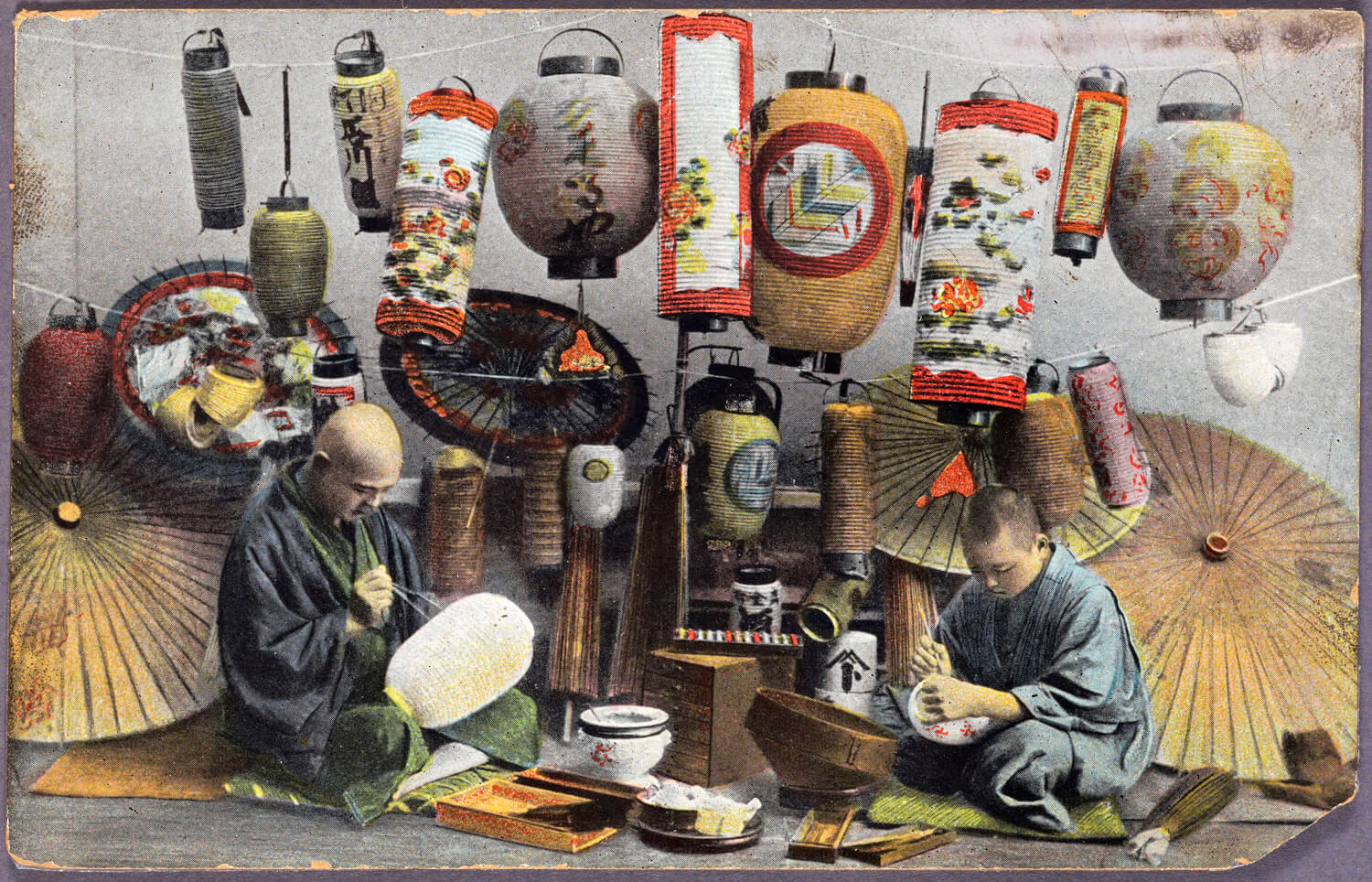
Paper lantern (chōchin) makers painting - Early 20th century / © New York Public Library - D.R.
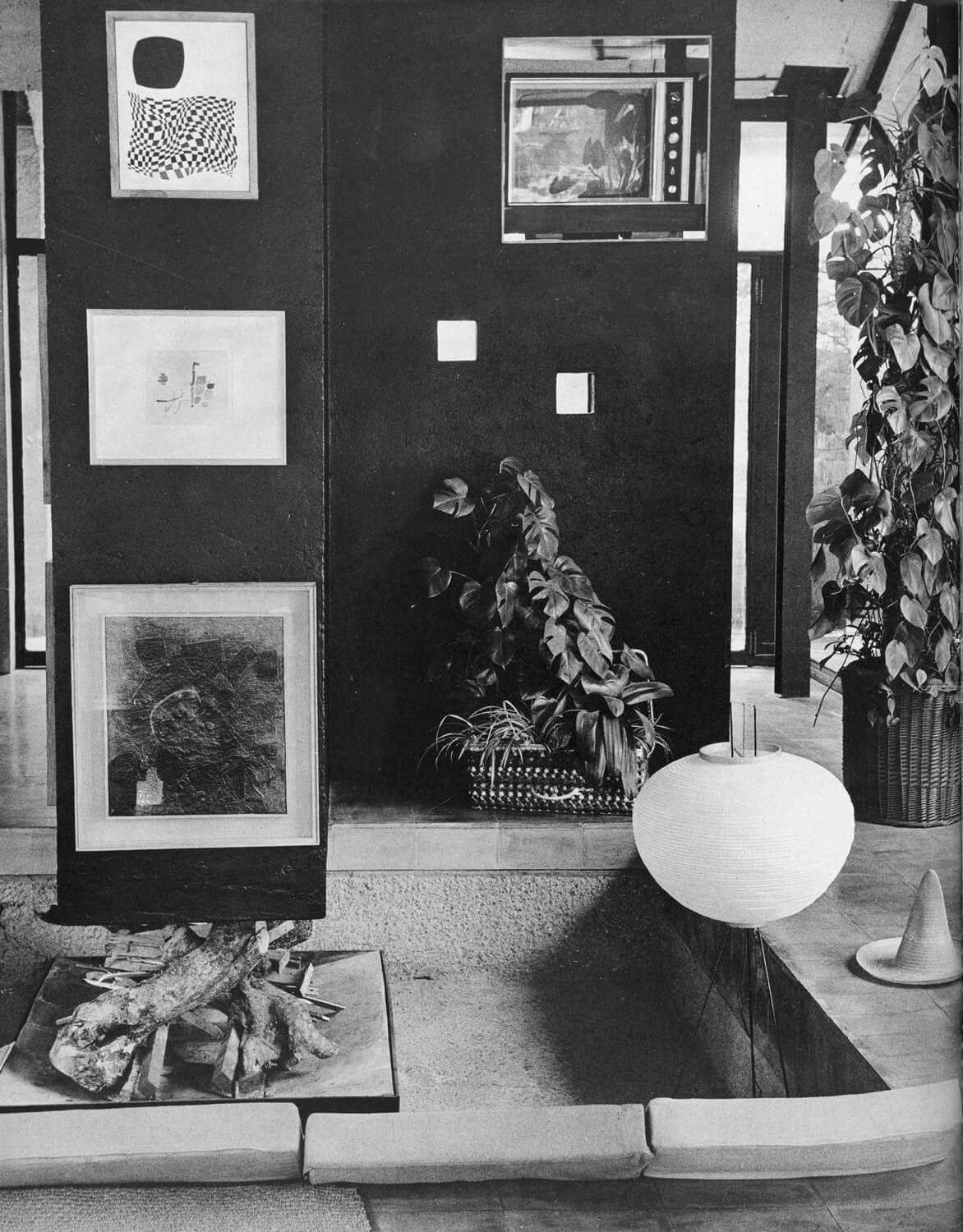
Détail du salon de la villa de l’industriel Duccio Reggiani près de Bergame (Italie) avec un Akari 10A d’Isamu Noguchi / © Magazine L’Oeil - Pierre Berdoy. Source : « Villa Reggiani », L’Oeil n°99, mars 1963, p. 64, photographie par Pierre Berdoy
As Moveable as Butterflies. Les chōchin du Japon
Musée des Arts décoratifs et du Design
39 rue Bouffard, 33000 Bordeaux
Until 19 May 2019
madd-bordeaux.frTRENDING
-
The Tattoos that Marked the Criminals of the Edo Period
Traditional tattoos were strong signifiers; murderers had head tattoos, while theft might result in an arm tattoo.

-
Paris, Tokyo: Robert Compagnon
With his co-chef and talented wife, Jessica Yang, Robert Compagnon opened one of the top new restaurants in Paris: Le Rigmarole.
 3:31
3:31 -
The Story of Sada Yacco, the Geisha who Bewitched Europe
Described by Dazed magazine as the first beauty influencer, she has been restored to her former glory since 2019.

-
Ito Jakuchu's Naturalist Paintings
From 15 September until 14 October 2018, the Petit Palais showcased the artist's iconic ‘Images of the Colourful Realm of Living Beings’.

-
Chiharu Shiota, Red Threads of the Soul
Last year, more than 660,000 people visited the retrospective 'Chiharu Shiota: The Soul Trembles' exhibit at the Mori Art Museum.





